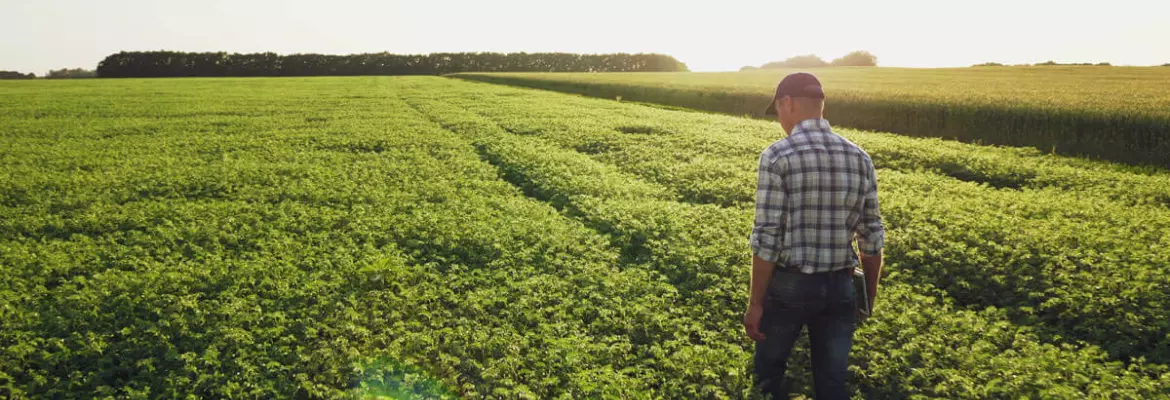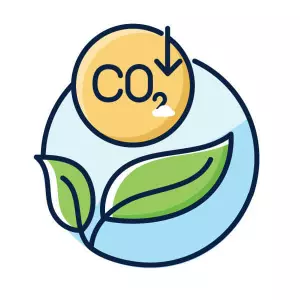
The concept of regenerative agriculture has been gaining in popularity in recent years. It has numerous benefits for the health of soils, populations, and ecosystems in general. Its contribution to global issues is increasingly recognised. It is also a form of agriculture that brings new farming practices with it, which may take time to adopt.
Soil health: focusing on regeneration
According to the United Nations, 40% of land worldwide is degraded due to losses in organic matter and biodiversity, as well as water pollution. Regenerative agriculture can improve soil structure and fertility. It also increases the soil’s water-retention capacity compared to traditional systems. Furthermore, in addition to promoting plant cover and limiting tillage, regenerative farming represents a great opportunity for combatting soil erosion.

Fighting climate change by fixing carbon in the soil
The United Nations estimated that a 0.4% increase in carbon in the soil could compensate for the annual increase of greenhouse gases, such as CO2. Soil conservation agriculture practices, which regenerative agriculture is based on, can capture 20% more carbon than a conventional system. It is therefore reasonable to think that regenerative agriculture, and its capacity to sequester carbon, could be one of the key solutions to limiting global warming.

Regenerative agriculture can preserve the world’s biodiversity
According to a UN report in 2019, 1 million out of 8 million species are endangered in the world. The loss of biodiversity is mainly the consequence of human activity. Changes in land use, pollution and climate change are the causes. Yet biodiversity is essential to our very existence. Regenerative farming practices are intended to restore biodiversity. Its contribution is invaluable in helping to support the European Union's political objectives of restoring at least 30% of the EU's marine and terrestrial areas and leaving 10% of the EU's oceans and lands intact, particularly in carbon-rich areas. Regenerative farming practices that could improve the situation include reducing chemical inputs, intensive tillage practices, and monocropping, while planting grasslands or intermediate cover crops, using hardy genetic species, and long crop rotations, etc.

Implementing policies to support regenerative agriculture
Regenerative agriculture is a complex system to implement. It requires having a global vision of the farm. One of the main challenges is implementing policies that enable these ambitious objectives to be reached. Several issues arise:
- The need to integrate livestock into purely crop-based farms is a real challenge for farmers who have specialised their agricultural production over the years. Substantial investment is needed to adapt farms.
- In the same vein, market research for new productions is necessary in terms of long rotations, livestock, and specialised sectors of arable crops.
- Collective and individual reflection and appropriate training is required.
- Farms face a complicated transition, with potentially lower yields and profitability. Therefore, economic assistance is needed to support them.
Sources:
- https://www.tikehaucapital.com/~/media/Files/T/Tikehau-Capital-V2/documents/news-and-views/en/2023/understanding-regenerative-agriculture-def.pdf
- https://www.europarl.europa.eu/topics/en/article/20200109STO69929/biodiversity-loss-what-is-causing-it-and-why-is-it-a-concern
